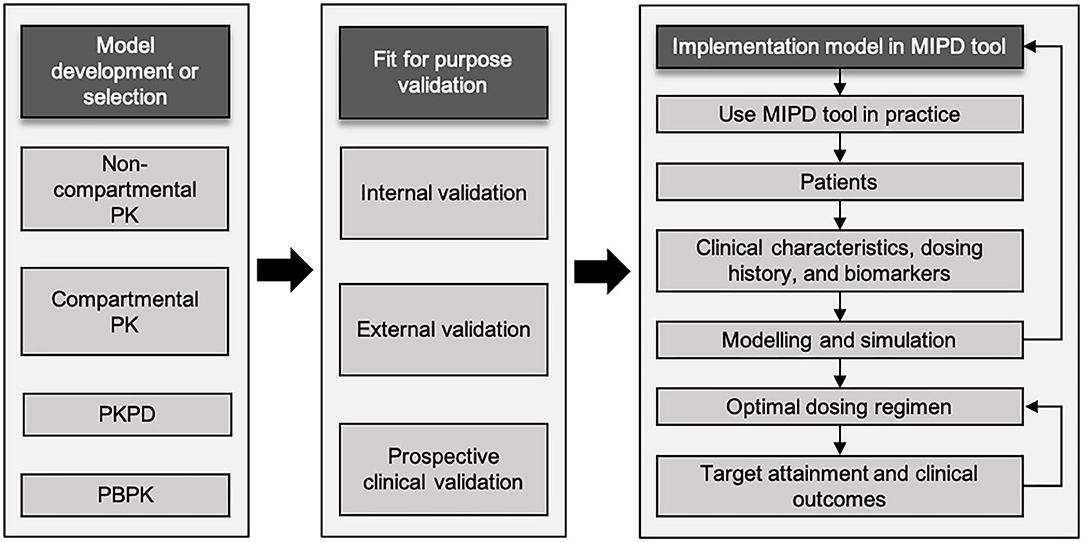

Equipped with data set checkout plots, goodness of fit plots and tools for covariate model selection, this software has gained great popularity. In 1999, as a continuation of the work in 1998, Jonsson developed a software tool: Xpose to help model building with graphics.
#Nonmem software price how to
By going through each stage of model building process with graphics, Bonate gave a detailed demonstration on how to facilitate model building with graphics, especially with real PopPK examples. In that paper, the authors described 22 assumptions for various situations during the model development. At the same time, from a model perspective Karlsson investigated assumption testing comprehensively for PopPK model based on graphics. By exploring distribution plots, scatter plots, residual plots, partial residual plots, pairs plots, conditional plot, contour plots and start plots, he extensively demonstrated the graphic ability in the field of PopPK. The output of PKreport follows many of the recommendations in Ette's comprehensive tutorial on the application of graphics in PopPK modeling. Graphics play an important and unique role in PopPK model building through exploring hidden structure among data before modeling, evaluating model fit, and validating results after modeling. This paper describes an R package for generating reports for PopPK models, that contain comprehensive summary statistics and graphics.

However, these advantages increase the complexity of model bringing additional consideration to the results, and more difficulties in checking how well the model fits the data.

It has numerous advantages over non-compartmental analysis: incorporating unbalanced designs, modeling sparse data and quantifying individual variability. The application of population pharmacokinetic (PopPK) modeling in the drug development has grown in this decade.

The general architecture, running environment and statistical methods can be readily extended with R class hierarchy. PKreport provides 1) a flexible and efficient R class to store and retrieve NONMEM 7 output, 2) automate plots for users to visualize data and models, 3) automatically generated R scripts that are used to create the plots 4) an archive-oriented management tool for users to store, retrieve and modify figures, 5) high-quality graphs based on the R packages, lattice and ggplot2. The final reports take advantage of the web browser as user interface to manage and visualize plots. The package is implemented with S4 class hierarchy, and offers an efficient way to access the output from NONMEM 7. It provides ways to match output from diverse software such as NONMEM, Monolix, R nlme package, etc. The metric system is utilized as the currency for communicating between data sets and the package to generate special-purpose plots. The work described in this paper is about a new R package called PKreport, which is able to generate a collection of plots and statistics for testing model assumptions, visualizing data and diagnosing models. Graphics play an important and unique role in population pharmacokinetic (PopPK) model building by exploring hidden structure among data before modeling, evaluating model fit, and validating results after modeling.


 0 kommentar(er)
0 kommentar(er)
